Did you know? The Canadian Tulip Festival’s Scottish connection
By Nujma Bond
When the bagpipes played at a remembrance ceremony at the opening event for the 2025 Canadian Tulip Festival in Ottawa, they were played by a member of the Royal Canadian Air Force’s Pipes and Drums band.
The military presence at the opening was significant because of what the tulips themselves signify. They are a gift from the Netherlands, their way of saying thank you to Canada for having liberated their citizens during the Second World War. Notably, The Canadian Scottish Regiment fought in the Netherlands. Every year, a million tulips are planted in Ottawa and brighten up the city for almost two weeks each spring.
Fittingly, Master Corporal Tim Reid’s pipes were adorned by the Air Force’s Own tartan, and Reid confirmed they are partly made of wood and silver – the silver sections engraved with celtic-style art.
Tulip Festival 2025 Piper Tim Reid, and his bagpipes adorned with the RCAF Tartan
While many know how Scottish bagpipes are, some may not realize they were an integral part of wars of the past, and it’s why they are very much present in remembrance ceremonies of today. No-one seems to know definitively how bagpipes first made their way to Scotland, though theories abound.
It is the Highlanders from Scotland who are said to have developed the pipes into their current form, and it is their name that still remains a part of Canadian military regiments such as the Calgary Highlanders, the Cameron Highlanders of Ottawa (Duke of Edinburgh’s Own), and others. It appears that the instrument helped keep troops in formation, and at one time was even classified as a weapon of war by the British Government.
The Ottawa Tulip Festival runs until May 19th. Read more here: www.tulipfestival.ca
Read more on the military connection to bagpipes here: Scottish Highland Bagpipes; Weapons of war
See the list of Canadian infantry regiments here: Scottish - named regiments

